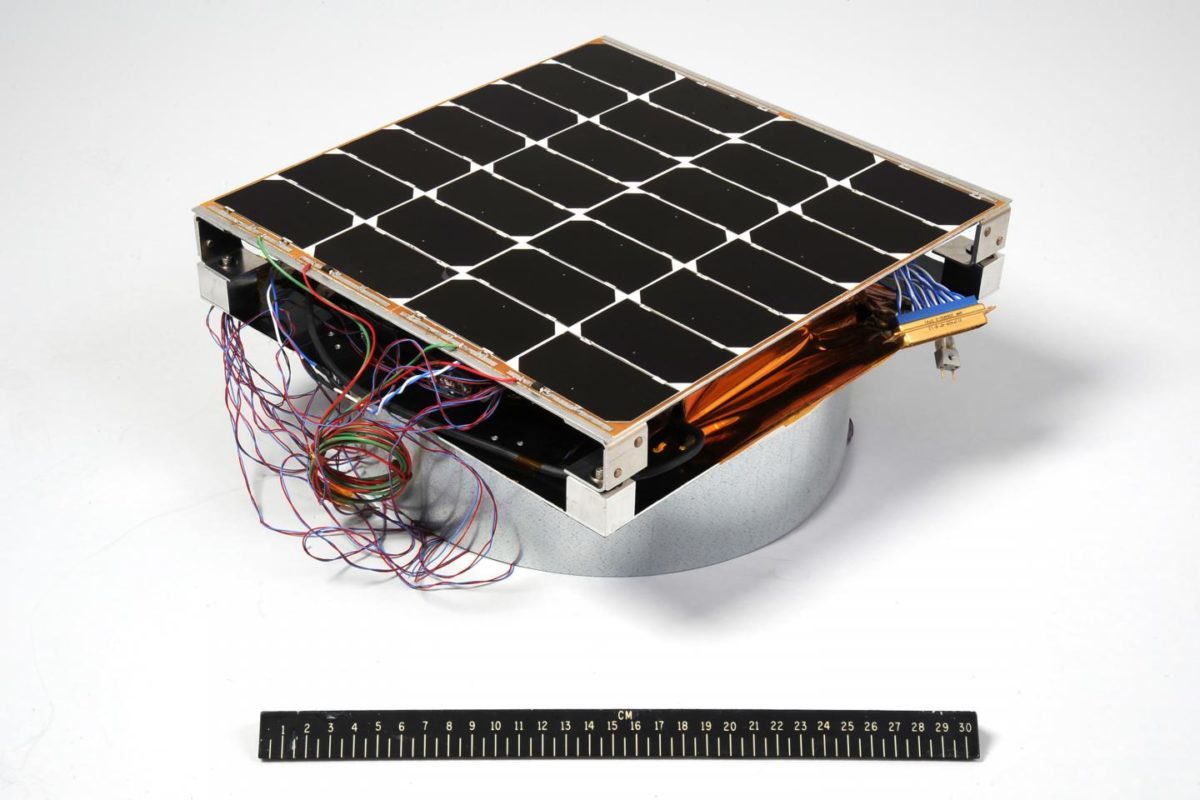from pv magazine global site.
The idea of harvesting solar energy in outer space through solar panels and transferring it to Earth via microwave beams is not new, although it has been limited to research projects due to the high cost of launching material into orbit.
Researchers at the U.S. Naval Research Laboratory have made the first attempt to test the viability of this technology by sending a solar antenna aboard the U.S. Air Force’s secret X-37B space — launched for a long-duration mission in low Earth orbit on Sunday.
The PV device, dubbed the Photovoltaic Radio-frequency Antenna Module, is a 12-inch square panel that is able to convert sunlight into radio frequency microwaves.
This initial test is intended to analyze the antenna’s energy conversion process and resulting thermal performance, the scientists said. “This flight experiment enables researchers to test the hardware in actual space conditions. Incoming sunlight travels through the Earth’s atmosphere, both filtering the spectrum and reducing its brightness,” the research group said. “A space solar system traveling above the atmosphere would catch more energy from each of the sunlight’s color bands.”
The researchers explained that the solar cells used in the device were manufactured with an additional layer to capture blue light in the spectrum in space, without revealing further technical details.
In 2014, the Japan Aerospace Exploration Agency announced technology roadmap to build orbital solar power stations with a combined capacity of 1 GW by 2030. China said last year it aims to be the first country to launch solar power stations into space that harvest solar energy and beam it back down to Earth. A startup, Solaren, signed a 200 MW power purchase agreement with PG&E for space solar back in the aughts.
The U.S. National Aeronautics and Space Administration and the Department of Energy have been conducting investigations in this field since the 1970s.
This content is protected by copyright and may not be reused. If you want to cooperate with us and would like to reuse some of our content, please contact: editors@pv-magazine.com.









Microwave energy can kill from space. If you tighten the beem enough to hit a small sized receiver array, it could be tight enoug to cook anything hit strikes. We may say it is for energy but it is just another space based weapon that our United States Space Force will have to go after ISIS or others on the battle field. ( /\ ) (Space Force)
They can use a large receiver and limit power levels to avoid hazards. There are so many better ways to attack enemies than this — for one thing it is trivially easy to reflect or otherwise block microwaves, and they would have little effect on armoured vechicles.
The objectives of a Microwave Weapon and beaming Solar Power for “Power on Earth” are quite different.
As the article says…. nothing new here… as studies related to GeoSynch Satellites have already celebrated their 50th Anniversary… but sending up “something” is clearly a “first step”.
However…. the rapidly reduced costs of PV Panels from 50 years back…. and more than enough Agricultiral Land to support a 150TW AgriVoltaiv System… why go through all this for “Power on Earth” …. for Military Applications… that is another story…